Succulents have gained immense popularity as trendy houseplants due to their unique beauty and low-maintenance requirements. If you’re a cat owner and also love succulents, it’s crucial to understand the potential risks they might pose to cats. In this article, we delve into the question: Are succulents poisonous to cats?
What are Succulents?
Succulents are a diverse group of plants known for their unique and captivating characteristics. Their thick, fleshy leaves often recognize them, stems or roots that store water, allowing them to thrive in arid environments where water is scarce. Succulents come in various shapes, sizes, and colors, making them famous for indoor and outdoor gardens. Their distinctive appearance ranges from rosettes and trailing vines to architectural, spiky forms. Various shapes and colors contribute to their popularity among plant enthusiasts and decorators.
Which Succulents Are Harmful to Cats?
Certain succulents can be toxic to cats if ingested. It’s important to recognize these plants to prevent accidental poisoning.
- Jade Plant, aka Money Plant
- Aloe Vera
- Kalanchoe
- Euphorbia
- Sago Palm
- Panda Plant
- String of Pearls
Let’s take a closer look at each:
Jade Plant (Money Plant)
Crassula ovata, commonly known as the Jade Plant or Money Plant, is a popular succulent with fleshy, green leaves. While it’s considered a symbol of good luck, its leaves contain toxins that, if ingested by cats, can lead to symptoms such as vomiting and lethargy.
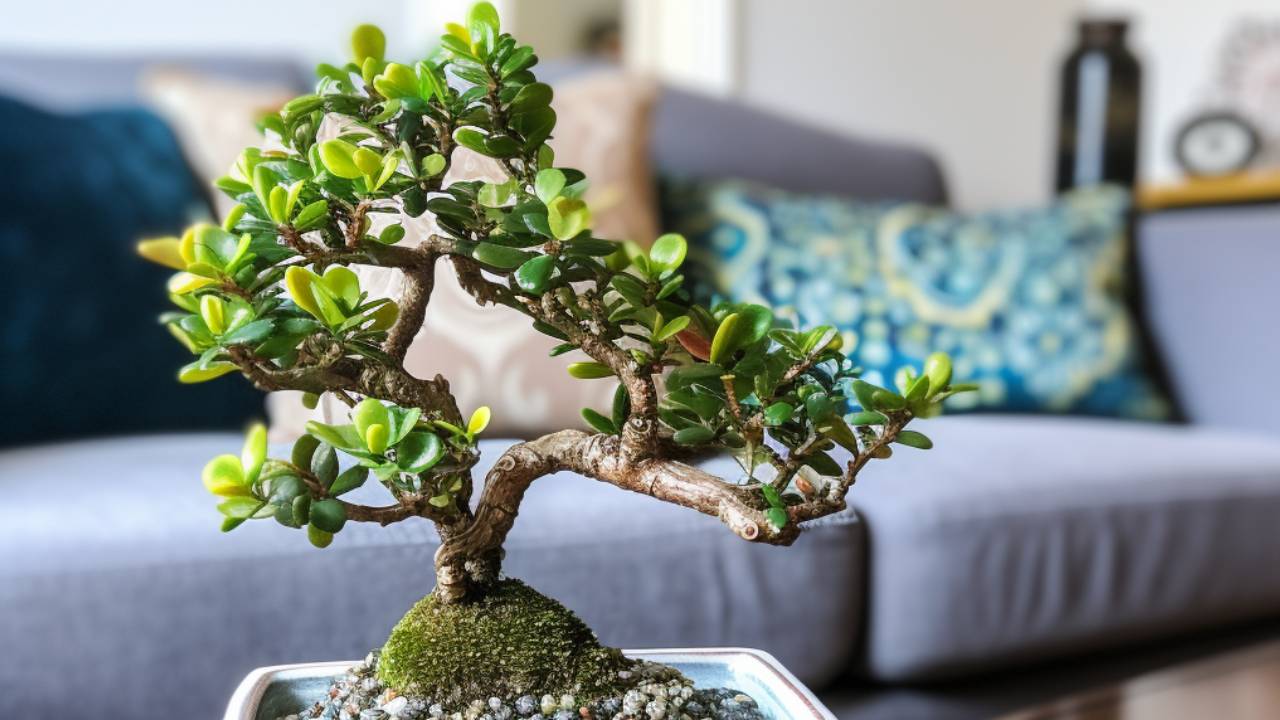
Aloe Vera
Aloe vera is renowned for its healing properties and is often used in skincare and medicinal products. However, the gel inside the leaves can cause gastrointestinal upset in cats if consumed, leading to discomfort and potential health issues.

Kalanchoe
Various species of Kalanchoe are known for their vibrant, long-lasting flowers. Unfortunately, these succulents contain compounds that are toxic to cats. Ingesting parts of the plant can result in gastrointestinal distress, including vomiting and diarrhea.
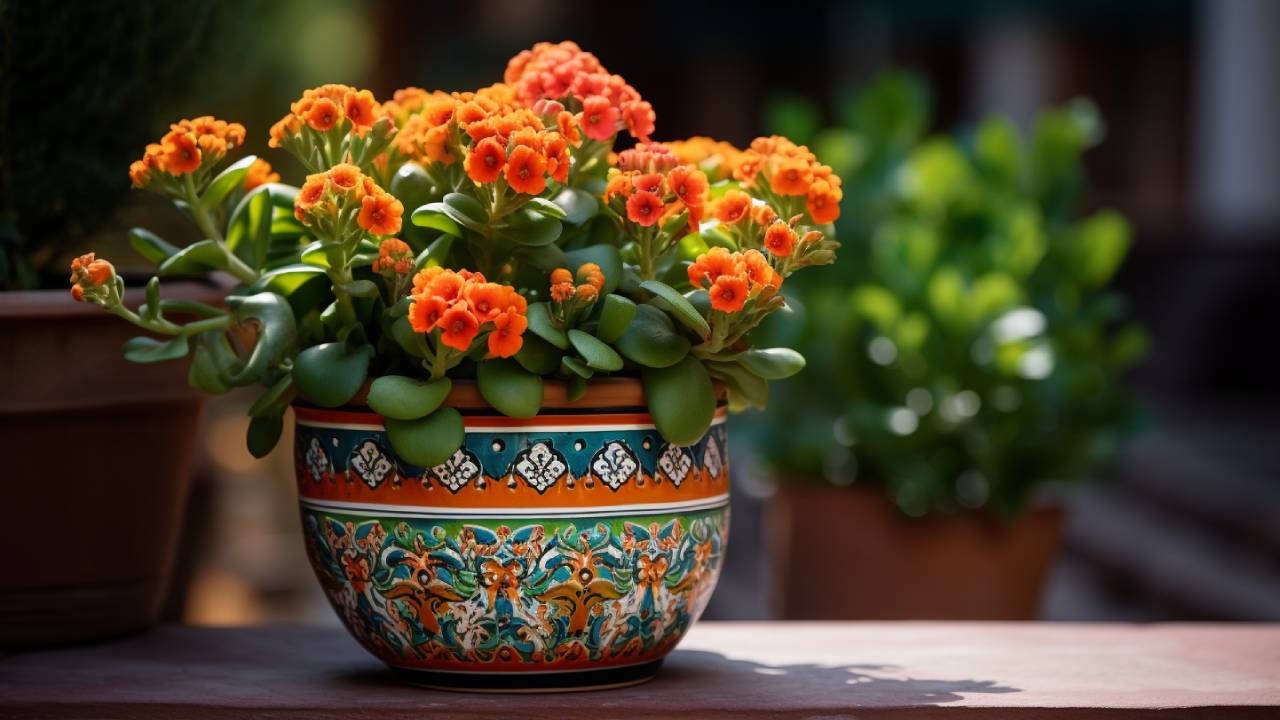
Euphorbia (including “Crown of Thorns”)
The Euphorbia genus includes a variety of succulents, one of the most well-known being the “Crown of Thorns” (Euphorbia milii). These plants produce a milky sap that can irritate a cat’s skin upon contact and be toxic if ingested, causing gastrointestinal issues.

Sago Palm
Though not a succulent, the Sago Palm (Cycas revoluta) is often mistaken for one. All parts of this palm contain casein, a toxin that can be fatal to cats if ingested. Symptoms of poisoning include vomiting, diarrhea, lethargy, seizures, and, in severe cases, liver failure.
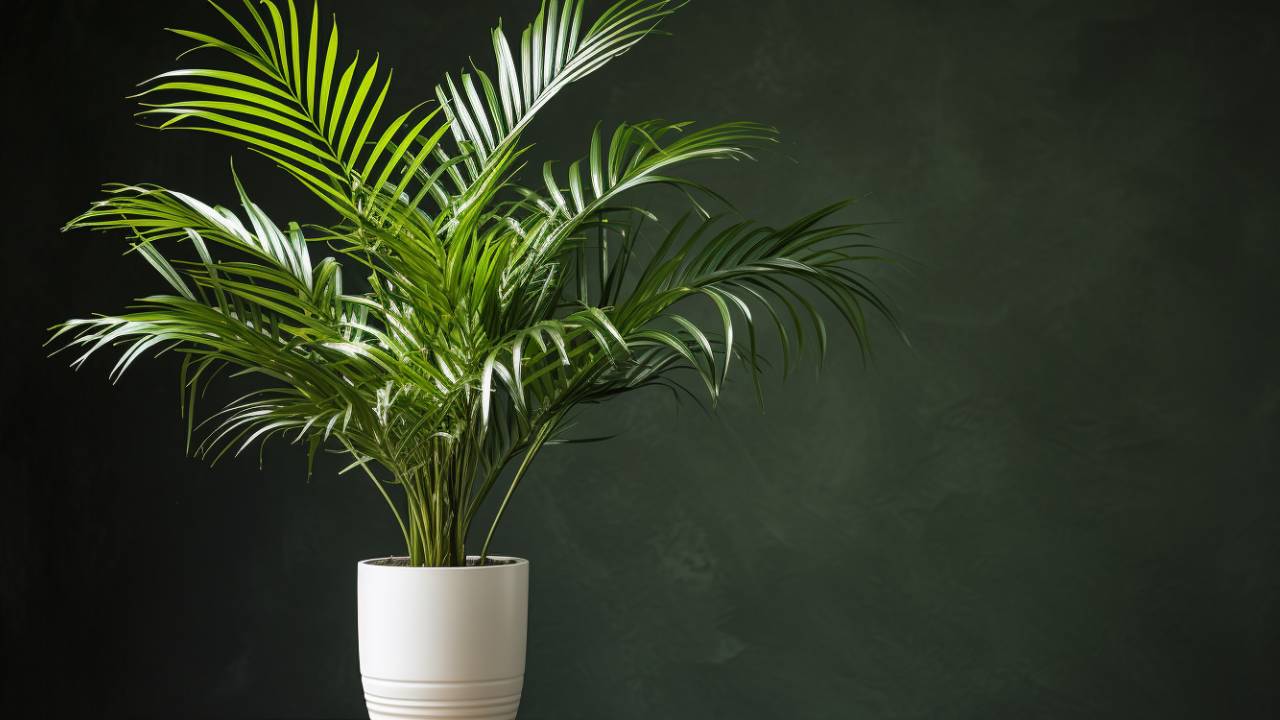
Panda Plant
Kalanchoe tomentosa, also known as the Panda Plant or Pussy Ears, is characterized by its fuzzy, gray-green leaves. Ingesting this succulent can lead to gastrointestinal upset and vomiting in cats. Care should be taken to keep it out of their reach.
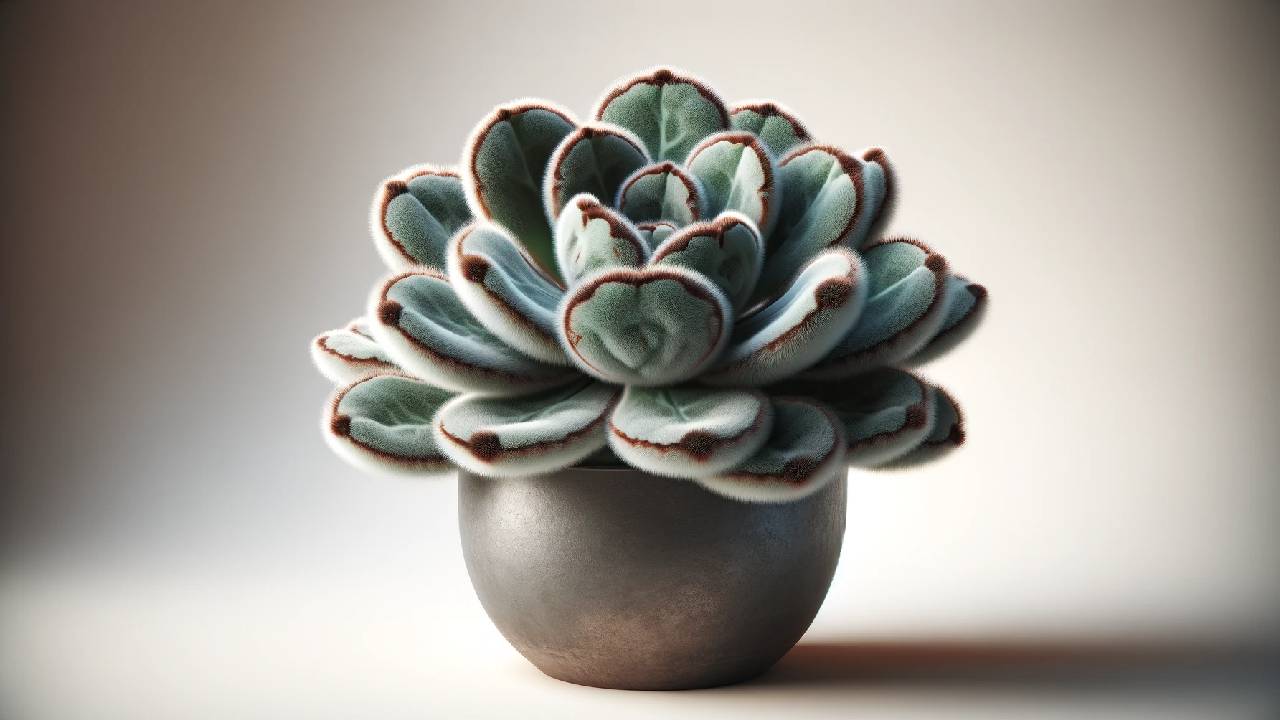
String of Pearls
The Senecio rowleyanus, commonly called String of Pearls, features cascading stems with bead-like leaves. This succulent contains compounds that can harm cats if ingested, potentially leading to digestive issues.

Which Succulents Are Safe for Cats?
Ensuring a pet-friendly environment involves identifying harmful plants and discovering safe alternatives. Here are some succulents that pose no threat to your feline friends:
Haworthia
These petite succulents boast unique patterns and are perfectly safe for cats. Their small size and distinctive appearance make them a delightful addition to any cat-friendly home.
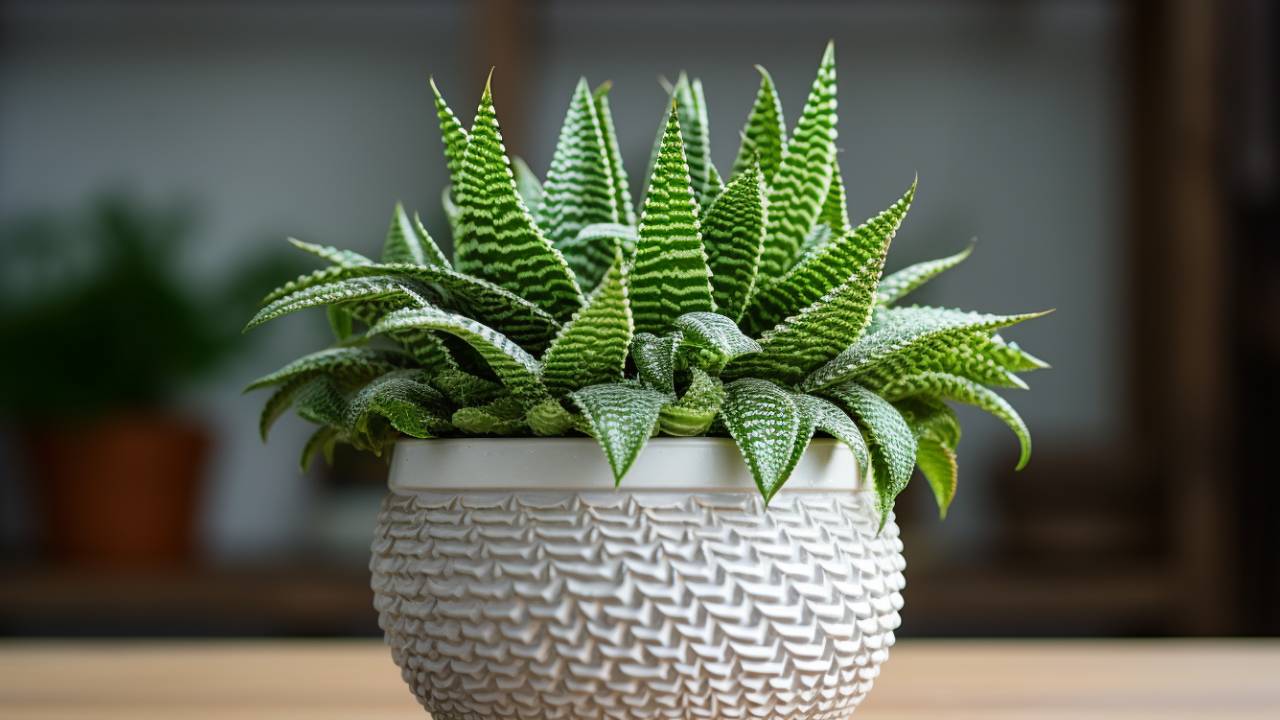
Echeveria
Known for their captivating rosette shapes and vibrant colors, echeverias are non-toxic to cats. These succulents can be enjoyed without worry, adding beauty and safety to your indoor garden.

Sempervivum
Hardy and resilient sempervivums, also known as hens and chicks, are safe succulents for homes with cats. Their low-maintenance nature and appealing rosette formations make them a great choice for pet owners.
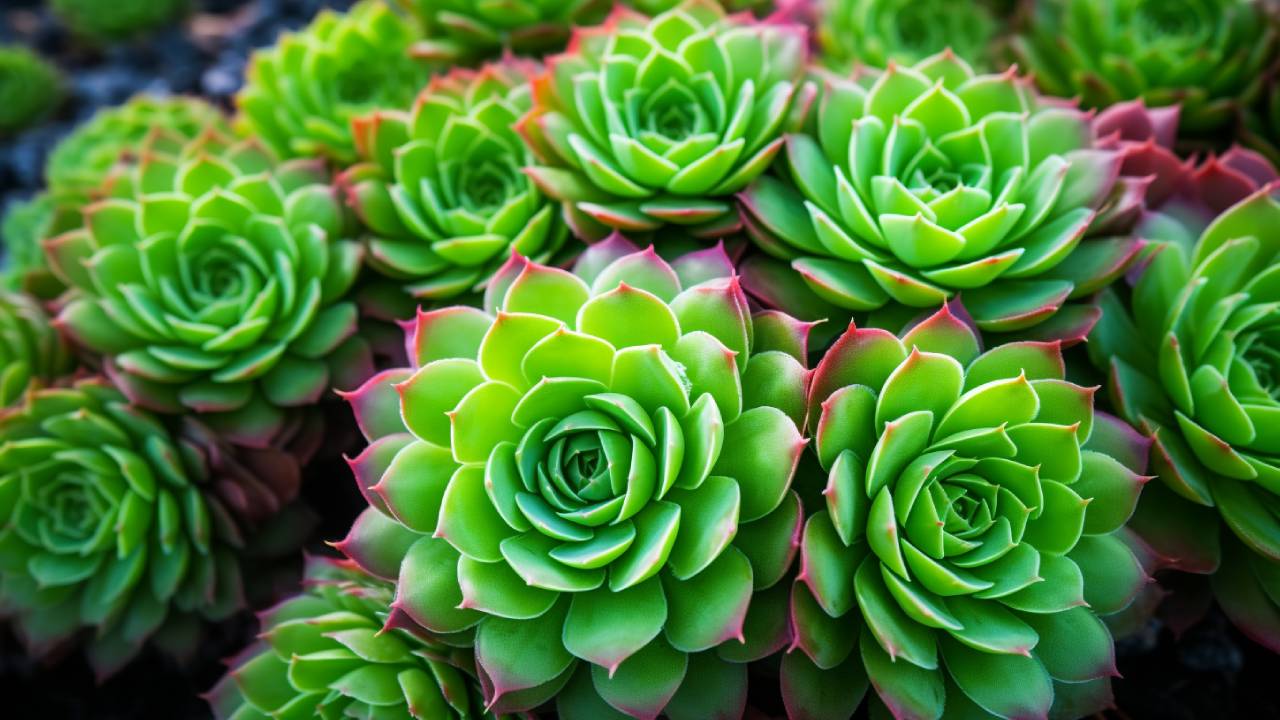
Christmas Cactus
Unlike many other cacti, the Christmas Cactus (Schlumbergera) is safe for cats. Its festive blooms add a touch of color during the holiday season, and its non-toxic nature allows you to enjoy the plant without concern for your pet’s well-being.
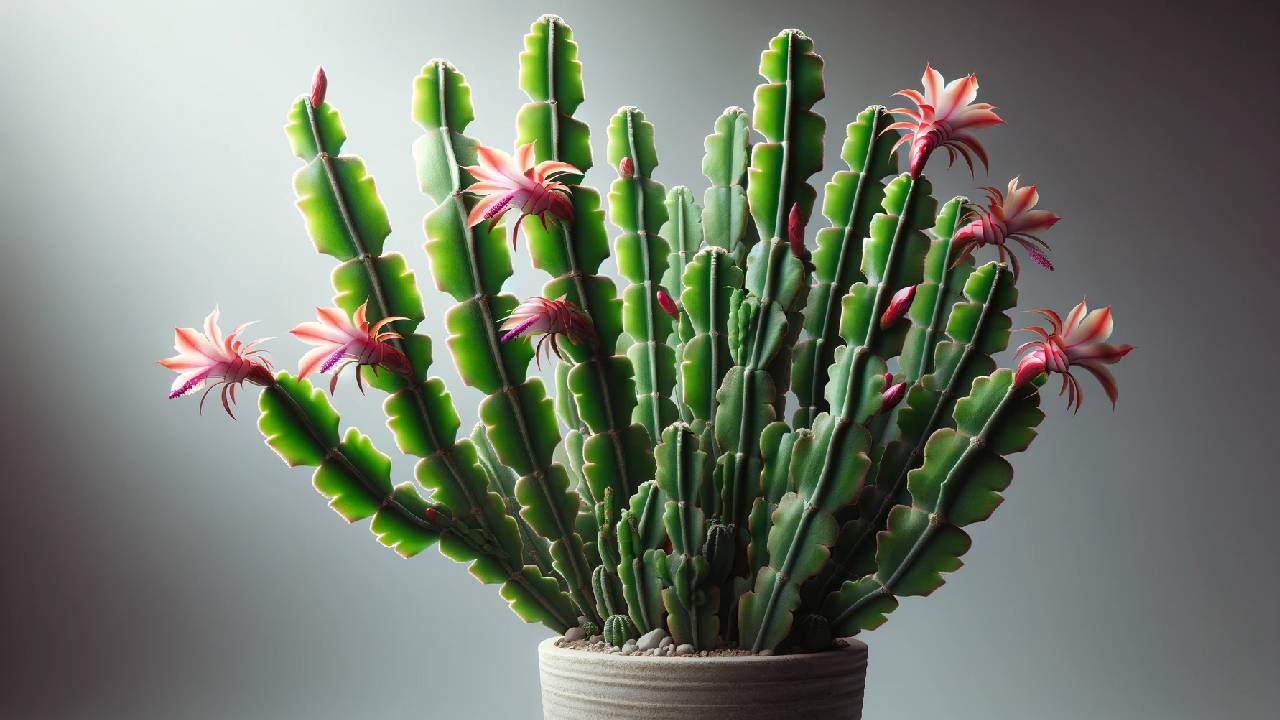
Burro’s Tail (Sedum morganianum)
This trailing succulent, with its cascading stems of plump, bead-like leaves, is harmless to cats if ingested. Its unique appearance and easy care make it a charming and worry-free choice for cat-friendly spaces.
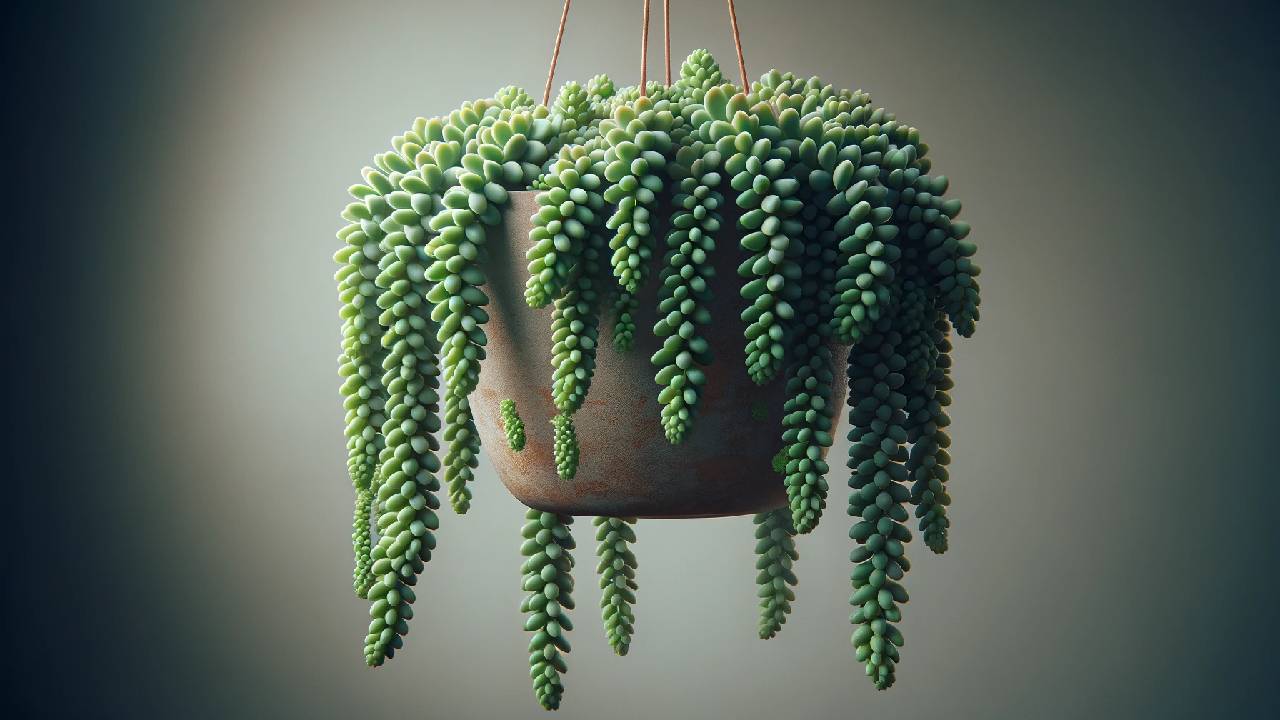
Integrating these safe succulents into your living space enhances your home’s aesthetic and provides a pet-friendly atmosphere. Always ensure that any plants introduced into your home are visually appealing and pose no harm to your furry companions.
Why Do Succulents Attract Cats?
Succulents can often pique the interest of cats due to a combination of factors that appeal to their instincts and behaviors. Here are some reasons why succulents might attract cats:
Texture and Movement
Many succulents have interesting textures, such as thick, fleshy leaves, spiky formations, or trailing vines. Cats are tactile creatures that enjoy exploring different textures with their paws and whiskers. The movement of leaves in response to a cat’s touch can mimic the behavior of prey, sparking their curiosity.
Visual Stimulation
Succulents’ unique shapes and colors can catch a cat’s eye. Cats are visually oriented animals; the contrast between the succulent leaves and the surrounding environment can draw their attention.
Exploration and Play
Cats are natural hunters and explorers. The presence of a new plant, especially one with varying heights, can create an exciting environment for them to investigate and play in. Batting at leaves or swatting at hanging vines can be stimulating for cats.
Scent
While humans might not notice it, succulents can emit subtle odors that cats can pick up. Cats have a highly developed sense of smell, and certain scents from succulents might intrigue or captivate them.
Intriguing Environment
Cats are known for curiosity; any environmental change can pique their interest. Introducing new plants, like succulents, adds novelty to their surroundings, making them more likely to explore and interact with these plants.
Hunting Instincts
Cats have retained many of their wild hunting instincts, and the movement of leaves or the presence of small insects attracted to succulents can trigger their predatory instincts. They might view the succulent as a potential target to stalk or “hunt.”
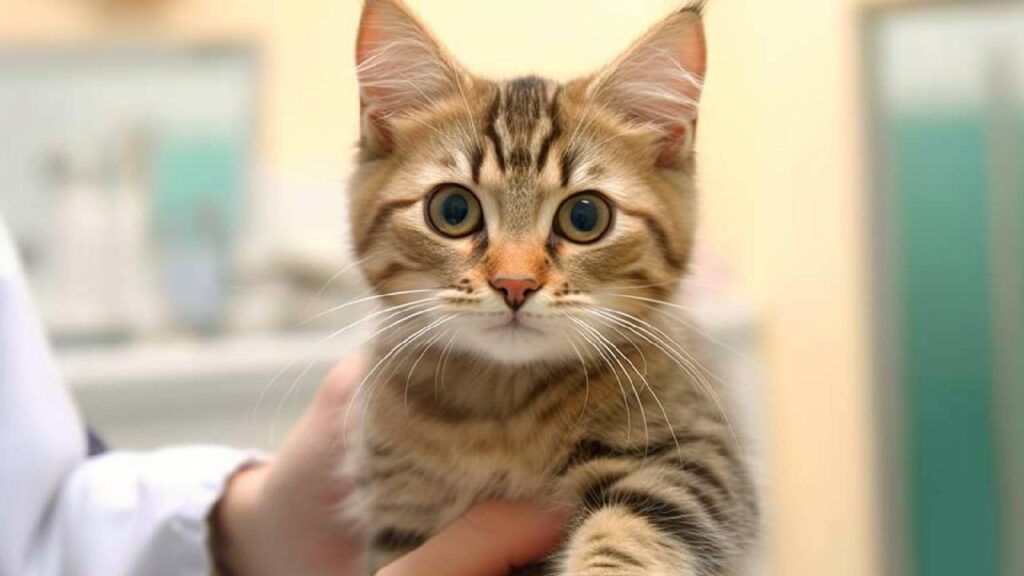
What to Do If You Think Your Cat Was Poisoned?
If you suspect your cat has been poisoned, acting quickly and taking the appropriate steps to ensure their safety is crucial. Here’s a guide on what to do if you think your pet was poisoned:
- Stay Calm and Remove Your Pet: Keep calm to manage the situation effectively and immediately remove your cat from the area to prevent further exposure to the toxin.
- Gather Information and Contact a Veterinarian: Collect details about the potential toxin and promptly call your veterinarian or an emergency clinic for advice.
- Follow Veterinary Instructions and Observe Your Pet: Adhere strictly to the vet’s instructions, which may include inducing vomiting or monitoring symptoms, and closely watch your cat for any changes in behavior or health.
- Avoid Home Remedies and Prevent Future Exposure: Do not use home remedies or over-the-counter medications unless directed by a vet. After resolving the situation, take steps to prevent your cat from accessing the poisonous substance in the future.
Conclusion
Succulents can add beauty and elegance to your living space, but you must be cautious when you have curious feline friends. By identifying the harmful and non-harmful succulent varieties and implementing preventative measures, you can enjoy a flourishing succulent garden and a safe environment for your beloved pets.

FAQs
How do I create a cat-friendly succulent habitat?
Choose safe varieties of succulents, keep them out of the cat’s reach, and provide alternative forms of stimulation, such as toys and scratching posts.
Can cats safely chew or play with non-toxic succulents?
While non-toxic succulents are generally safe, it’s best not to let your cat chew or play with plants to prevent possible ingestion or other accidents.
What should I do if I need to figure out if a succulent is poisonous or not?
If in doubt, research the toxicity of a particular succulent or consult a veterinarian or plant specialist to determine its safety for your cat.
Are there any precautions for transplanting succulents near cats?
When transplanting, ensure the cat is in a different location to avoid accidentally ingesting soil, plants, or toxic substances.
Can I teach my cat to avoid succulents?
You can train your cat to avoid succulents using positive reinforcement techniques. Whenever you catch your cat showing interest in the succulents, redirect their attention to a cat-friendly toy or scratching post. Offer treats and praise when they ignore the plants.



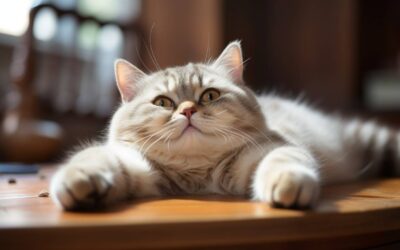
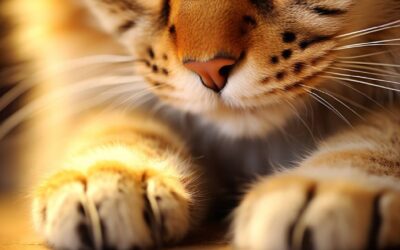

Thanks for the info! I’m a plant enthusiast, and my cat loves nibbling on my succulents. Good to know which ones to keep out of his reach. 🌵😺 #CatsAndPlants
my cat loves nibbling on them. Anyone else have cat-safe plant suggestions?